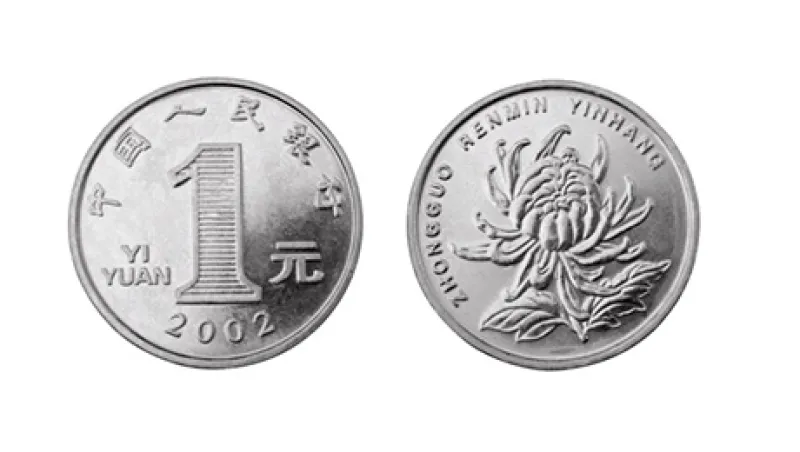“China needs to learn more about the world, and the world also needs to learn more about China.” — Xi Jinping, president of the People’s Republic of China
In an effort to follow Xi’s recommendation “to learn more about China,” I recently made a trek back to the country to gain further insights into the macro trends shaping China during what we at KKR view as one of the most complex times in recent Chinese history. Incidentally, many of the Chinese with whom I spoke increasingly want “to learn more about the world,” eager to better understand how the global economy might affect their businesses, particularly as China works not only to further open up its economy but also to stand even taller on the global stage.
Overall, we left China with much greater appreciation that there are some noteworthy structural shifts unfolding. New trade and export initiatives are almost entirely focused on gaining share in high-value-added segments of the markets, versus defending existing low-value-added enterprises. China’s burgeoning e-commerce sector is well positioned to disintermediate key parts of the old economy. And many global services–based businesses in China are growing faster than local traditional fixed-investment enterprises.
Here are some of our key macro-related investment conclusions:
• Fixed-asset investment as a percentage of GDP has peaked. This is not because FAI has become an outsize proportion of GDP but rather, we believe, because environmental concerns — by becoming more important than job creation — are now driving public and private corporate behavior.
• Against this backdrop, the government is prodding the private sector to allocate more resources toward services that can boost growth in China with few environmental issues. In addition, a larger services sector will help to chip away — in aggregate — at the country’s overly leveraged corporate sector.
• Despite lower oil prices, energy efficiency remains a major focus. As of 2014, our research shows, oil demand is growing about 0.69 percent for every 1 percent of GDP growth, which is significantly lower oil intensity than the 0.94 percent ratio that prevailed ten years ago. We see it falling even further, underscoring that China appears to be making progress when many of its emerging-markets peers are not. That said, we still forecast that China will account for a full 36 percent of incremental global oil demand through 2018.
• We do not view the recent rate cut by the People’s Bank of China as providing a large stimulus for the Chinese economy, contrary to conventional wisdom. In fact, we believe that the recent rate cut was primarily designed to slow nonperforming loan formation in the existing corporate segment, particularly the weakened industrial sector.
• Reforms, including anticorruption initiatives and greater transparency in the financial services arena, continue to gain momentum, despite their near-term chilling effect on GDP growth. The good news is that comparisons are now getting more favorable in many hard-hit areas, including high-end hotels, luxury retailers and restaurants. Probably more important: We see signs that the government is upping the ante on properly pricing credit risk at the local level.
• China’s Internet economy is having a profound effect on traditional commerce. Indeed, online retail in China is already larger than that in the U.S. A key reason for the country’s rapid success, we believe, is that China’s large Internet companies face much less competition from traditional vendors than in other countries.
• Though it may pause, we do not believe that the rally in mainland China–listed A shares is over. Equity issuance is a critical variable in the deleveraging process. All else being equal, higher, not lower, prices are more desirable for the Chinese leadership. Moreover, from an asset allocation standpoint, a low-inflation environment favors stocks over real estate, which has traditionally been viewed as an effective hedge against high inflation and low deposit rates.
We still believe investors should generally avoid hard commodities unless they are a low-cost producer and provide some value-added. Simply stated, we believe that the fallout we are seeing in areas such as steel and iron ore is secular, not cyclical.
In our view, health care, environmental remediation and the Internet are all likely to see not only strong growth but also multiple reratings upward. China will need to use additional liquidity measures to stave off strong disinflationary pressures. Thus we believe that Chinese stocks with compelling dividend yields and reasonable earnings growth are likely to be strong performers in 2015.
On the debt and restructuring side, there seems to be massive opportunity in helping companies not only in China but also in countries like Australia, Brazil and Canada, all of which we believe bet too big on the sustainability of the China miracle. For our nickel, the fallout from China’s fixed-asset investment slowdown could be one of the largest opportunities across the global capital markets over the next five years.
Henry McVey is the head of global macro and asset allocation at KKR in New York.
Read more of McVey’s views on China.
Get more on emerging markets and on macro.






